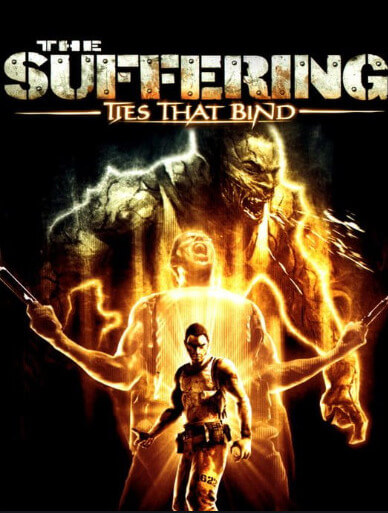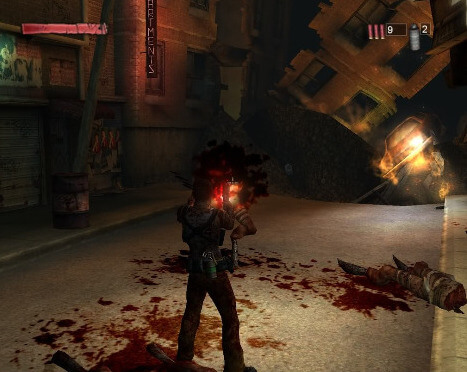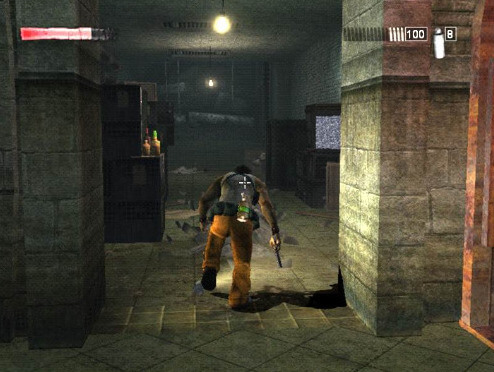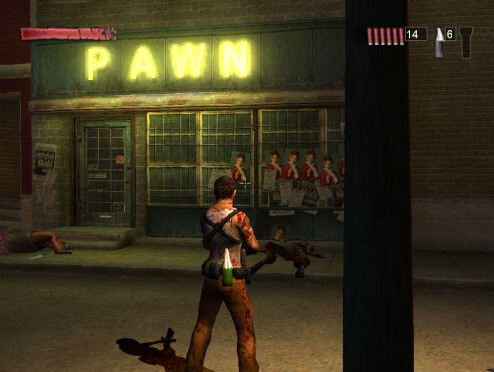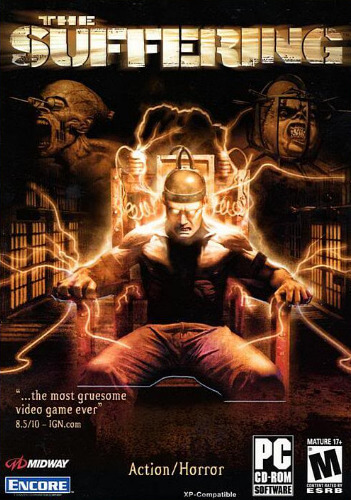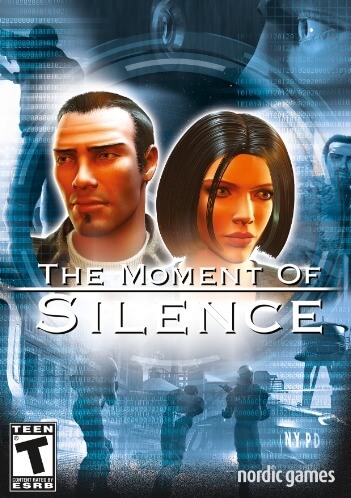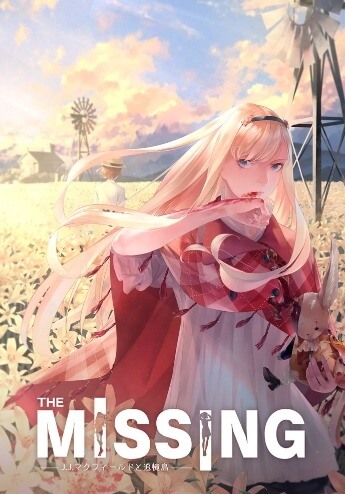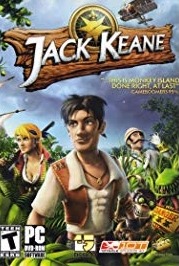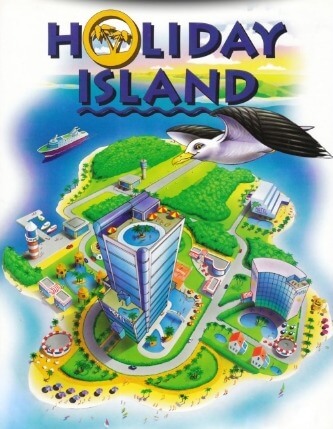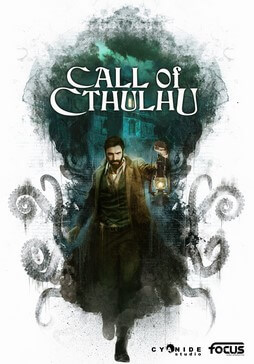Ties That Bind is a first and third-person shooter psychological horror game in which the player controls Torque, the player character, from either a first-person or third-person perspective, depending on their preference. The game is fully playable in both first and third-person views, with all actions available in both modes. Torque can run, shoot, jump, crouch, roll, interact with the environment, interact with NPCs, and use items, such as flashlights, flash grenades, shrapnel grenades, and molotov cocktails. Weaponry includes knives, axes, baseball bats, steel pipes, Colt 1911s, .357 revolvers, 12 gauge pumps, sawed-off shotguns, Škorpions, M3A1s, tommy guns, M60s, grenade launchers, and RPG-7s. Other items which can be found during the game are Xombium tablets (which restore the player's health), paperwork with story content, maps, ammo, and flashlight batteries.
Two major gameplay alterations in Ties That Bind concern pickups. Firstly, Torque can no longer stockpile Xombium bottles, allowing the player to refill their health whenever they wish. Instead, Torque must rely on stationary Xombium located at set points throughout the game. Secondly, the player is limited to carrying only two weapons at any given time, although is free to choose which two; the play may carry two melee weapons, two guns, or one of each. Also, whereas in the first game, Torque could only dual-wield the handgun, in Ties That Bind, he can dual-wield any one handed weapon, including the sawed-off shotgun. Guns can also be used to inflict minor melee damage.
Whereas in the first game, each enemy represented either a form of execution or an historical event on Carnate Island, in Ties That Bind, the enemies, collectively referred to as "Malefactors," represent facets of both modern life and past violence on the crime-ridden streets of Baltimore. Slayers represent knife crime, Gorgers represent a Baltimore urban legend told to children during the food shortages of the Great Depression to explain why there was no food, Arsonists represent vacant buildings burning down, killing squatters within them, Triggermen represent gun crime, Mainliners represent drug dealing, Marskmen represent military suppression of civil unrest, Maulers represent the city's history of slavery, Burrowers represent laborers who died during the construction of the city's underground, Suppressors represent the CERT unit used in prisons, Isolationists represent solitary confinement, and the Horde represents mob violence. Slayers, arsonists and triggermen also feature "captain" strains; these versions of the creature cannot be injured by normal weaponry, and can only be defeated when Torque is in his monster form. They are also able to generate normal versions of themselves.
As in the original game, as Torque kills enemies, an on-screen meter called his "Insanity meter" begins to fill. Once it is full, it begins to flash, and at this point, Torque can transform into a monster. In this form, Torque can tear enemies apart and perform several powerful special attacks. New to Ties That Bind is the ability to perform a charged attack. Also new to the game is that Torque can transform into a different monster, depending on his morality level. If Torque's morality is towards good, his insanity mode is blue and more human like. If he is moving towards evil, his insanity mode is red, and his monster form is less human. Whereas in the original game, upgrades were based on the number of times the player used the special attack, in Ties That Bind, upgrades are unique to the moral path Torque is on; as he advances on the path, more attacks become available. Evil and good morality each have four levels of upgrades. Another change to insanity mode is that in the original game, staying in this mode drained health, and could kill Torque if he didn't transform back soon enough. In Ties That Bind, however, staying in insanity mode too long doesn't kill Torque, but when he transforms back to human form, he will be dizzy and unable to move or fight for a moment.
A major part of the gameplay in Ties That Bind, as in the original game, concerns Torque's morality. At numerous points during the game, the player will encounter situations where they have several choices as to how to proceed. These situations often involve NPCs, and the choices are usually to help the person (good morality), kill them (bad morality), or ignore them (neutral morality). In many situations, when Torque first encounters an NPC, the player will hear the voice of Torque's dead wife urging him to help them, and almost immediately afterwards will hear the voice of Blackmore, the game's antagonist, urging him to kill them. Over the course of the game, the decisions made concerning Torque's morality cumulate, and the player will get one of three endings based on Torque's final morality level. How Torque's actions affect his morality is usually indicated by the reaction of his wife, who will praise him if he commits a good act, and Blackmore, who will praise him if he does something evil. The player can get a rough idea of Torque's morality level by both his own physical appearance (he will begin to look less and less human the more evil acts he commits) and by looking at a family photograph which he carries with him at all times; the cleaner the photo, the purer his morality. If the photo is dirty, crumpled and covered in blood, his morality is moving towards evil. There is also a morality gauge in the menu, which shows exactly where Torque's morality is currently positioned.
